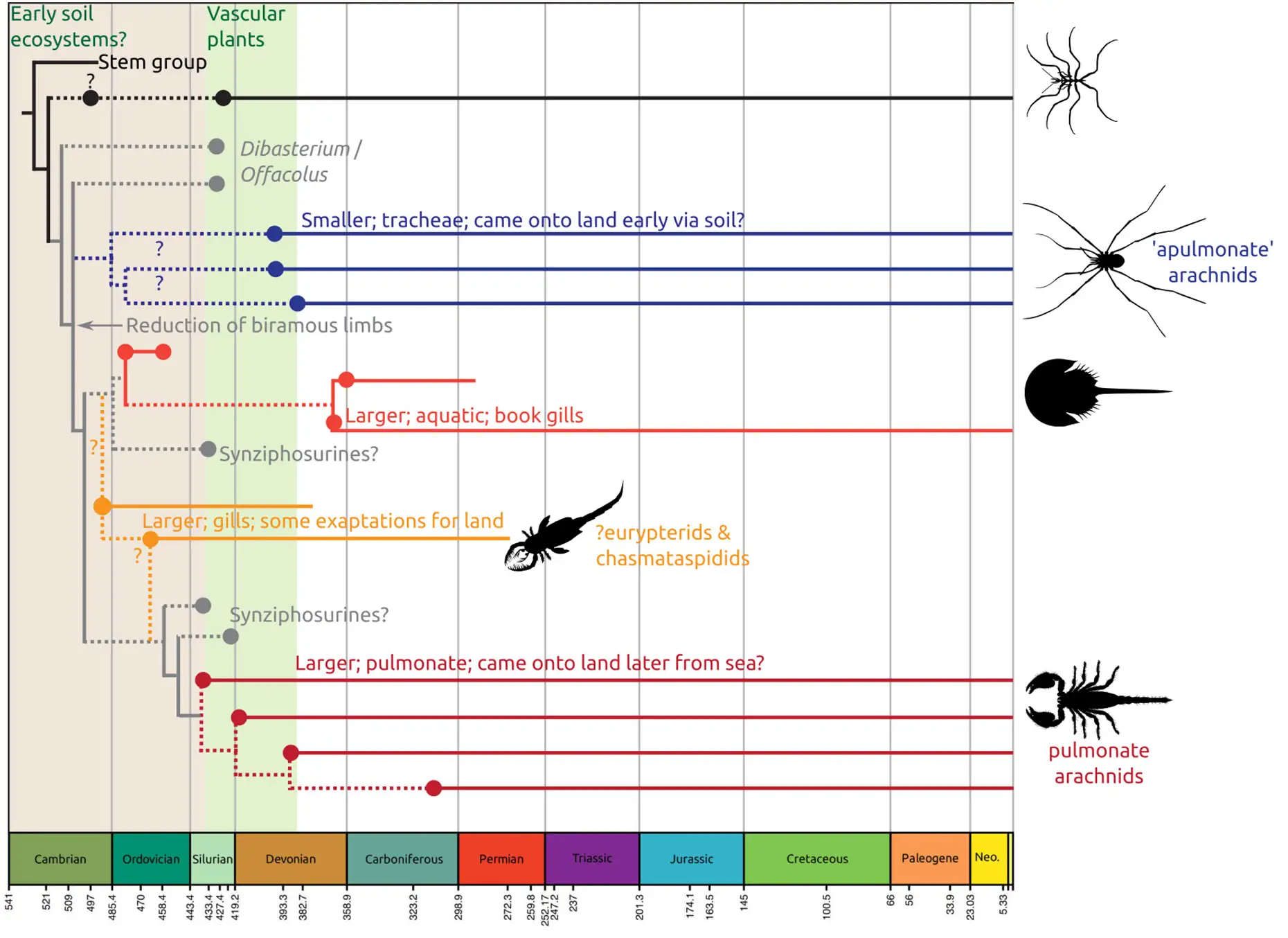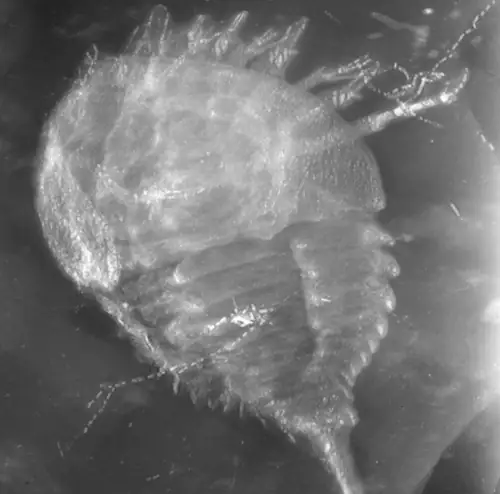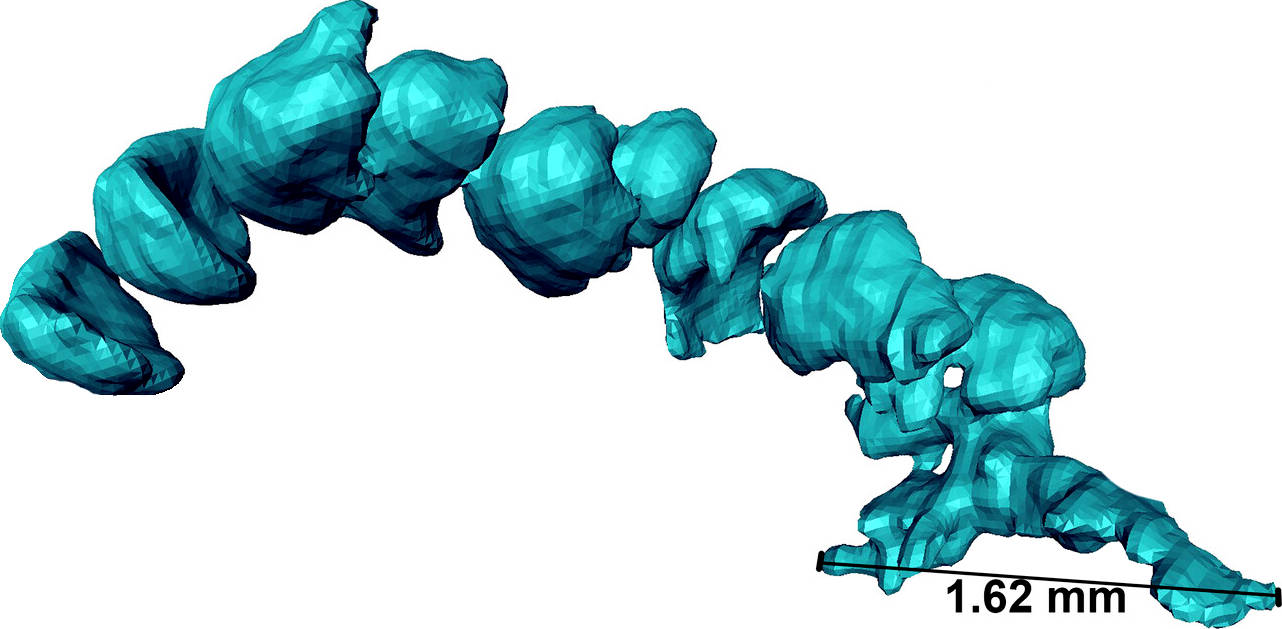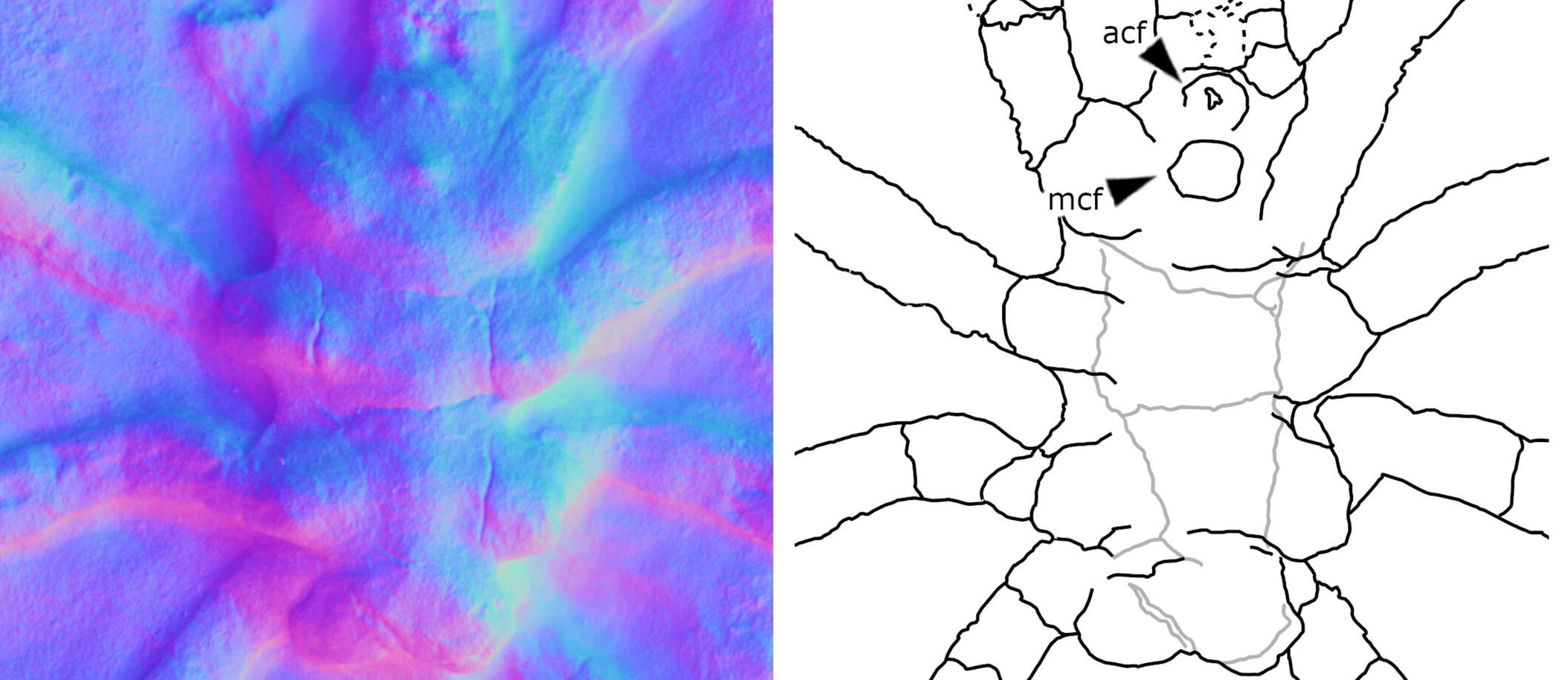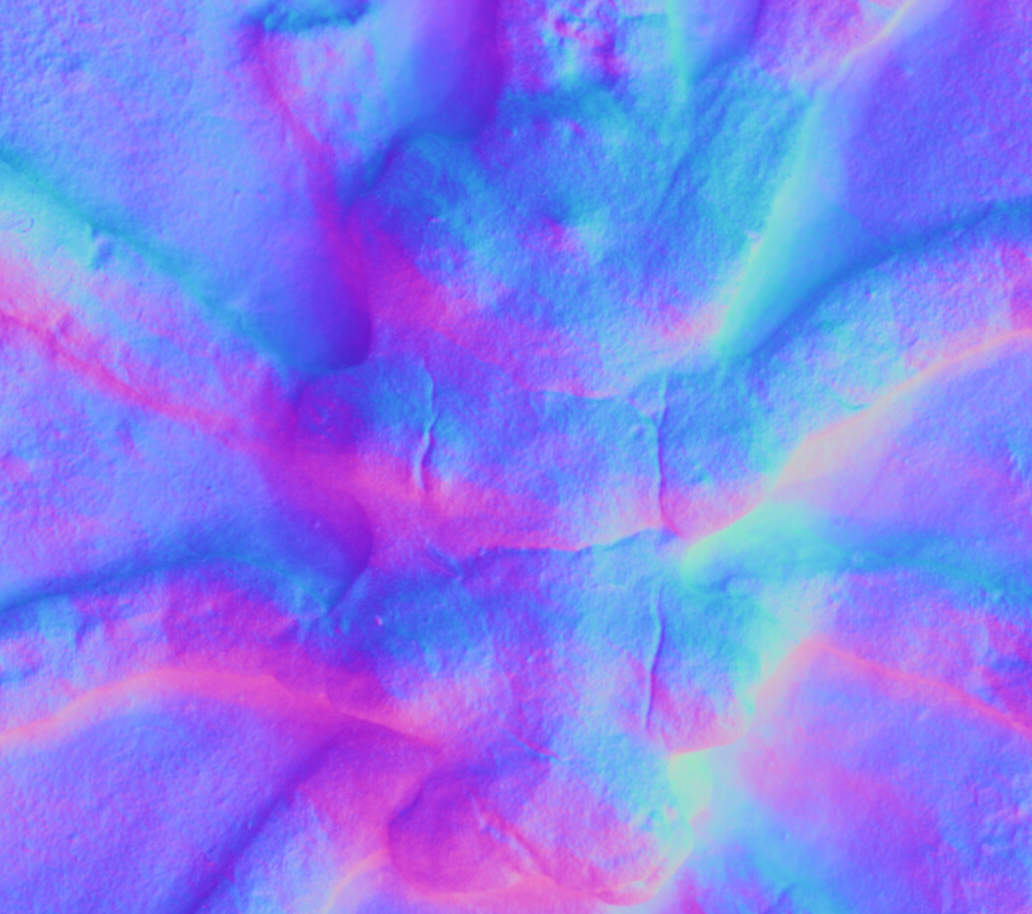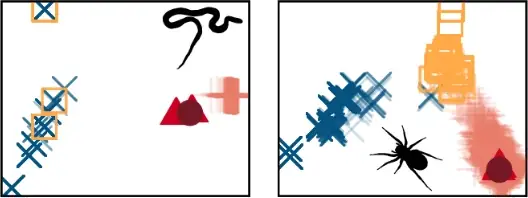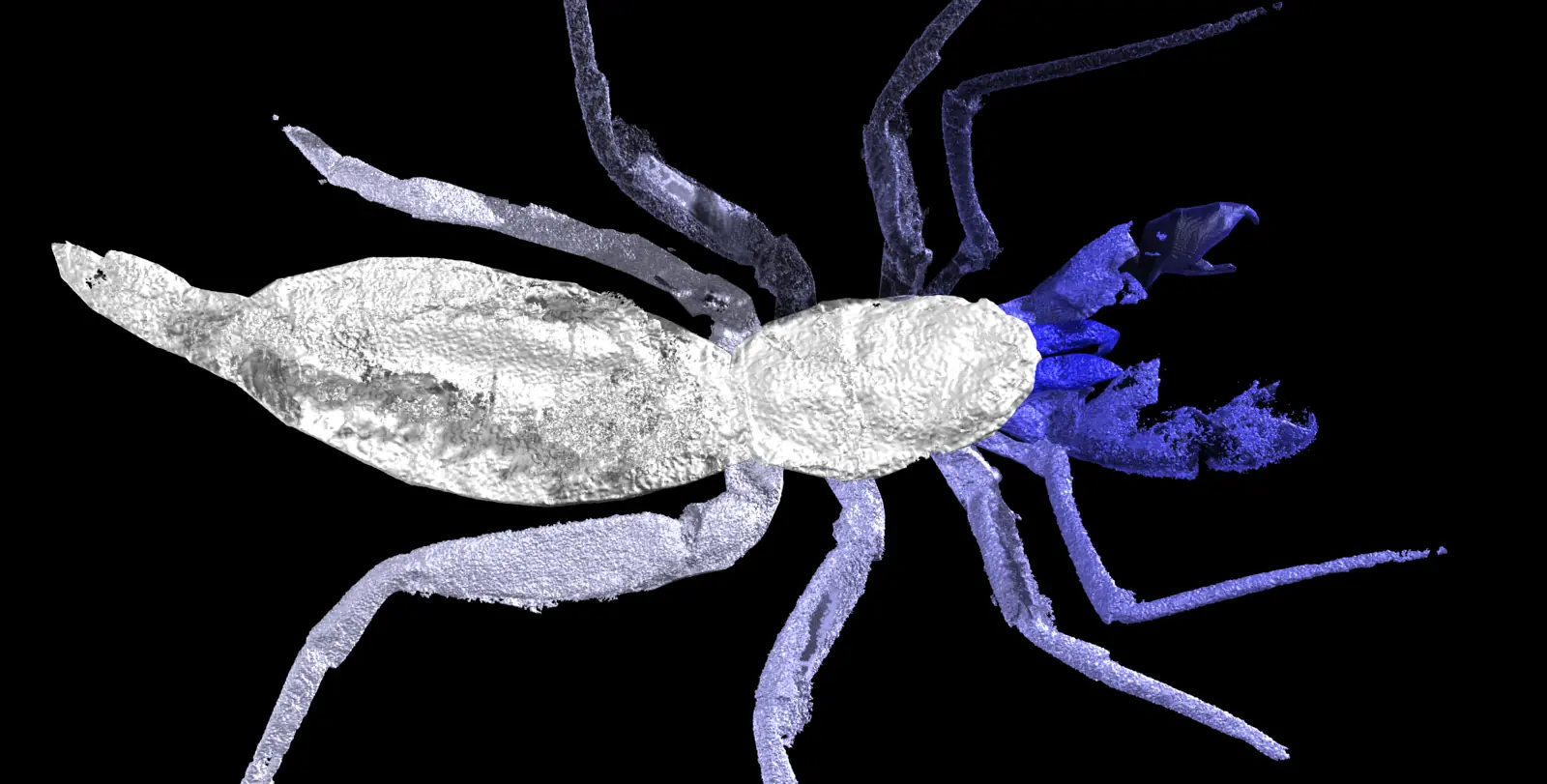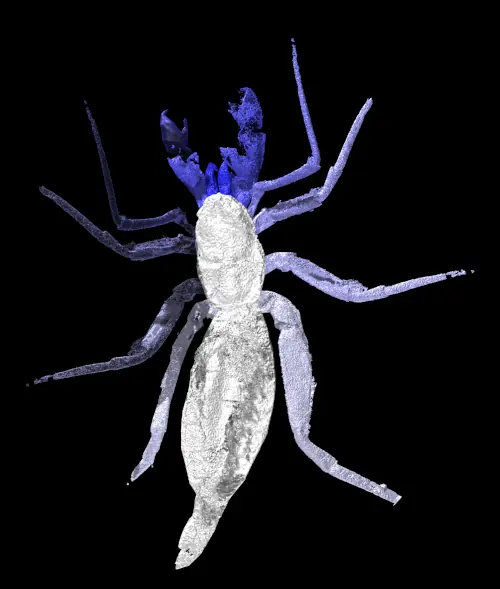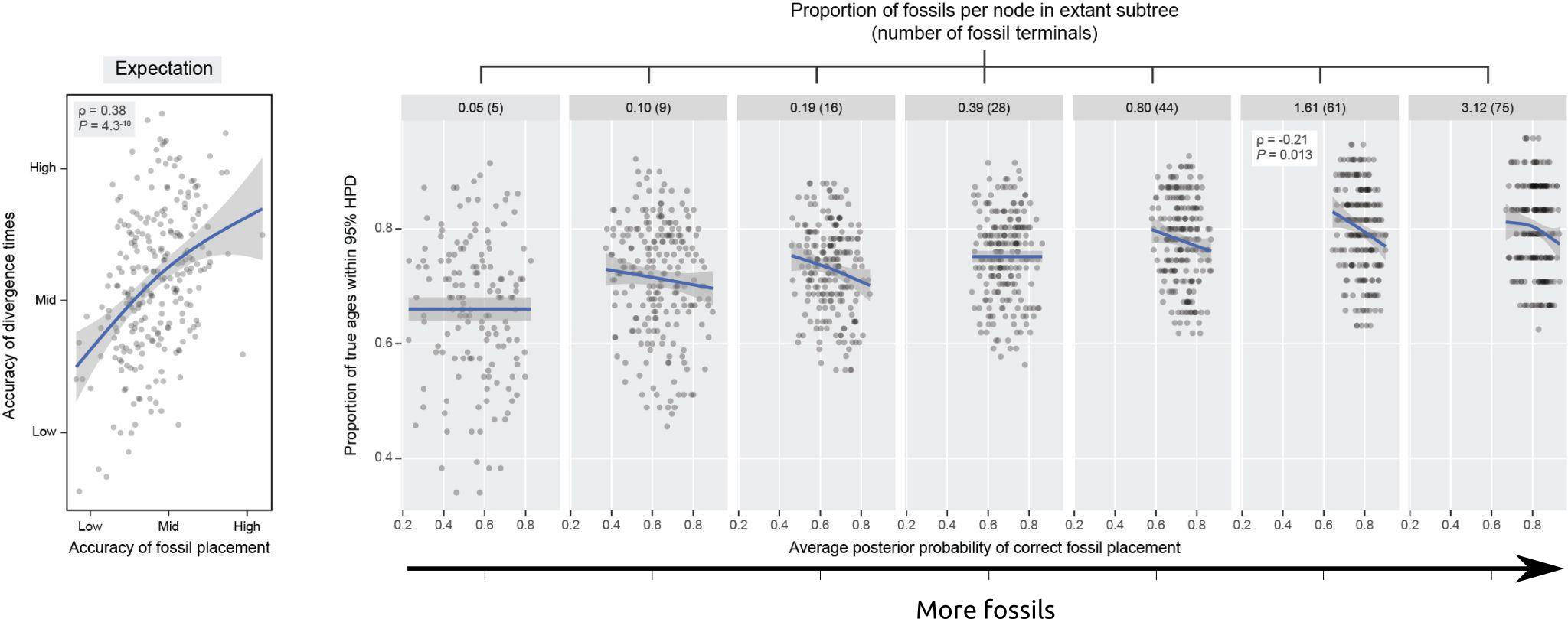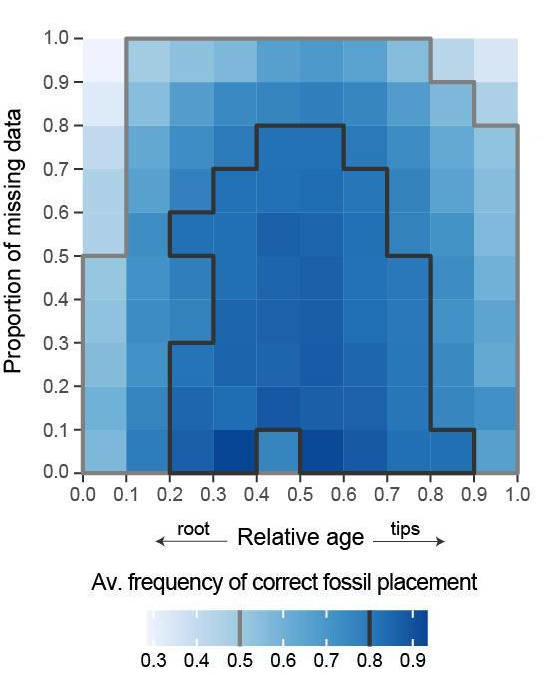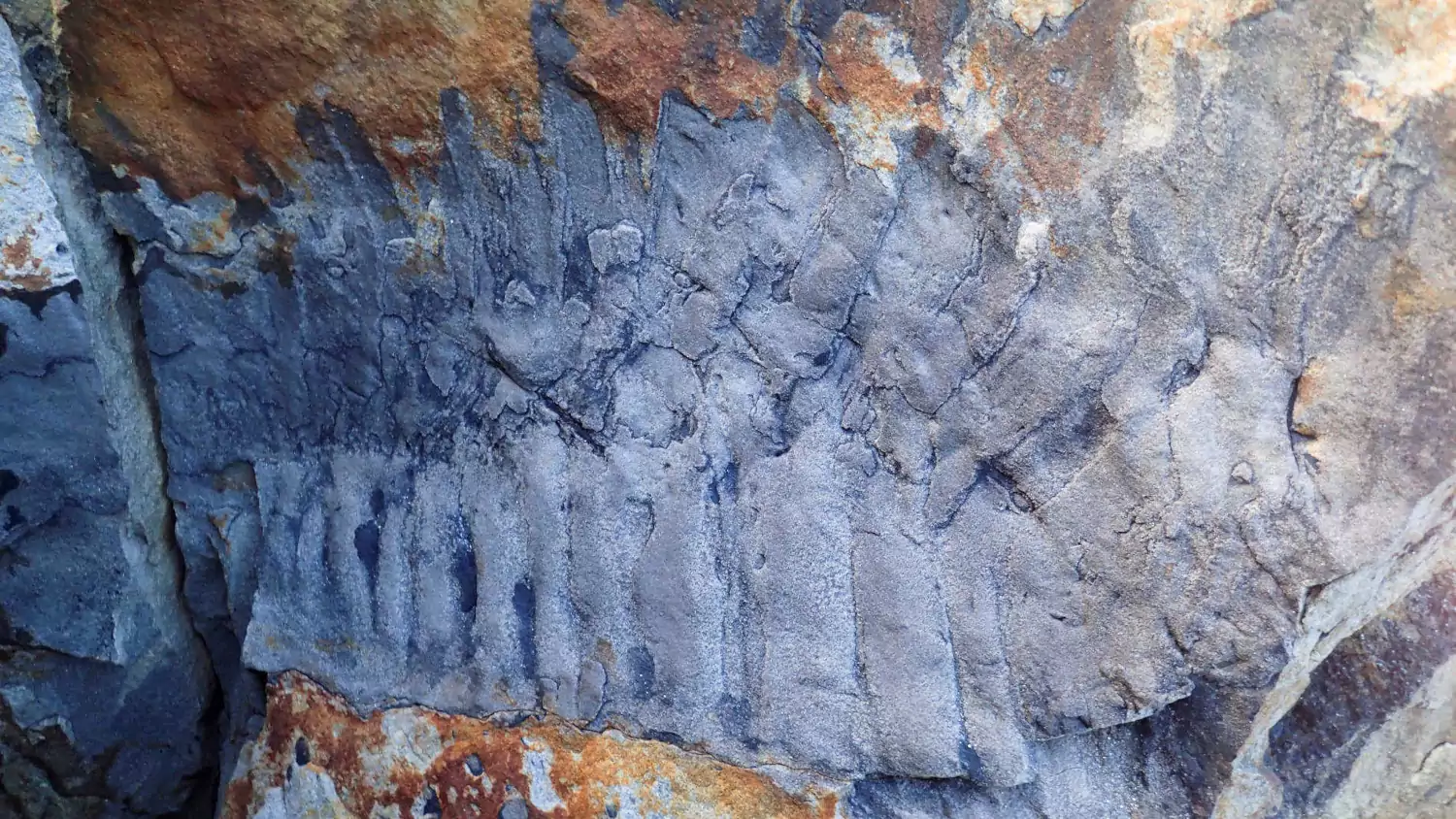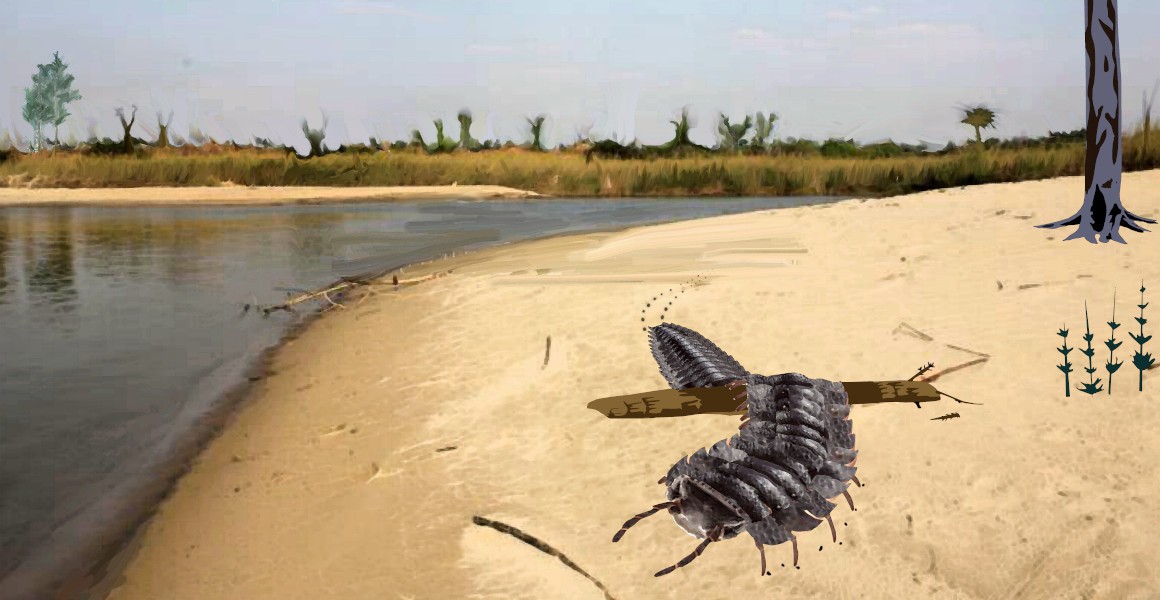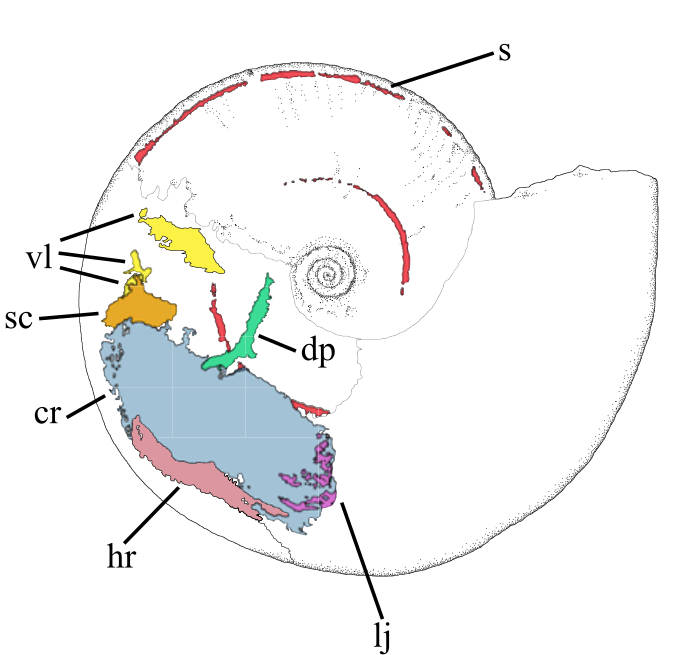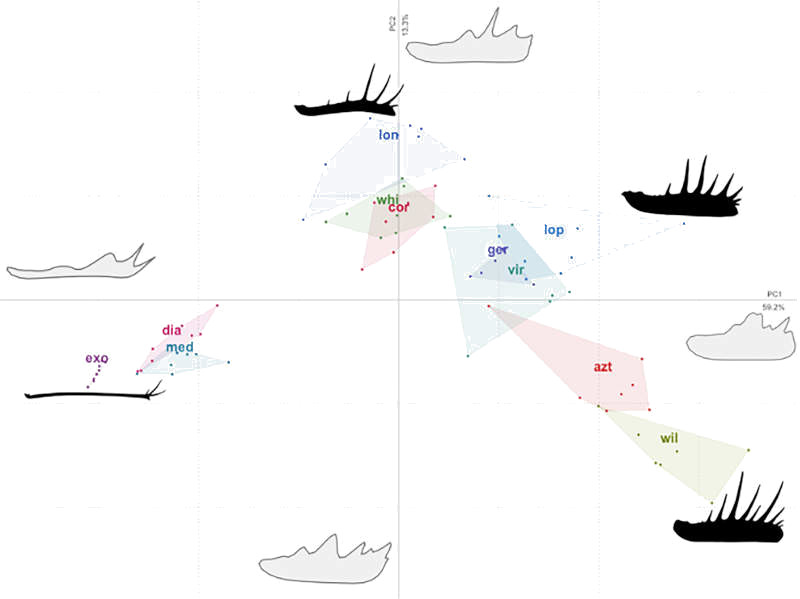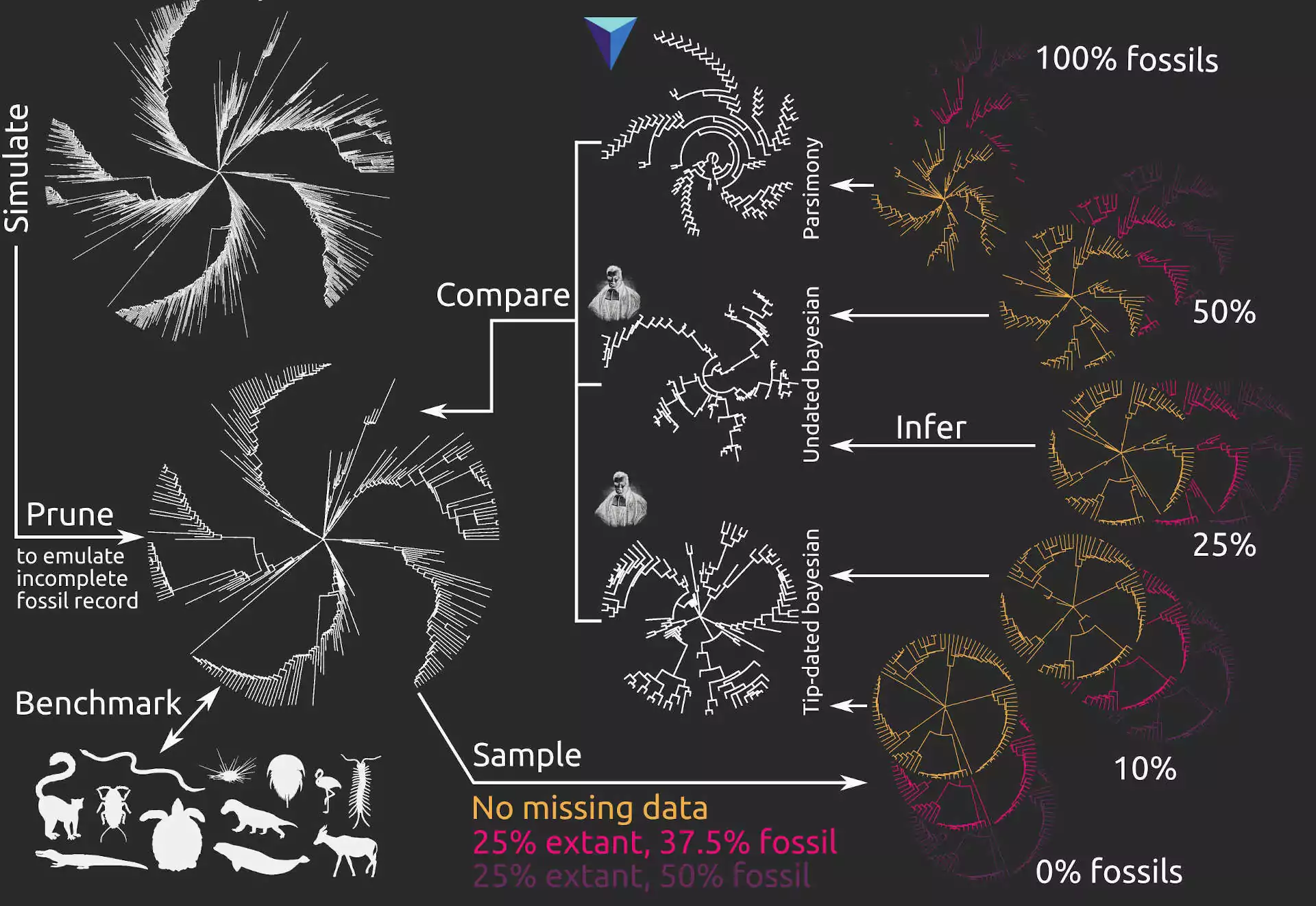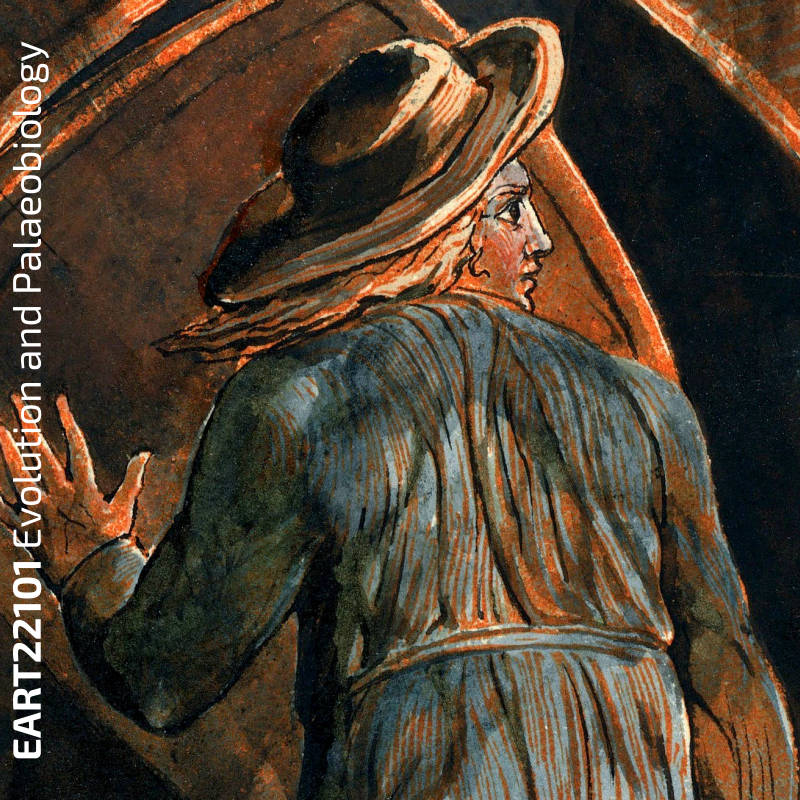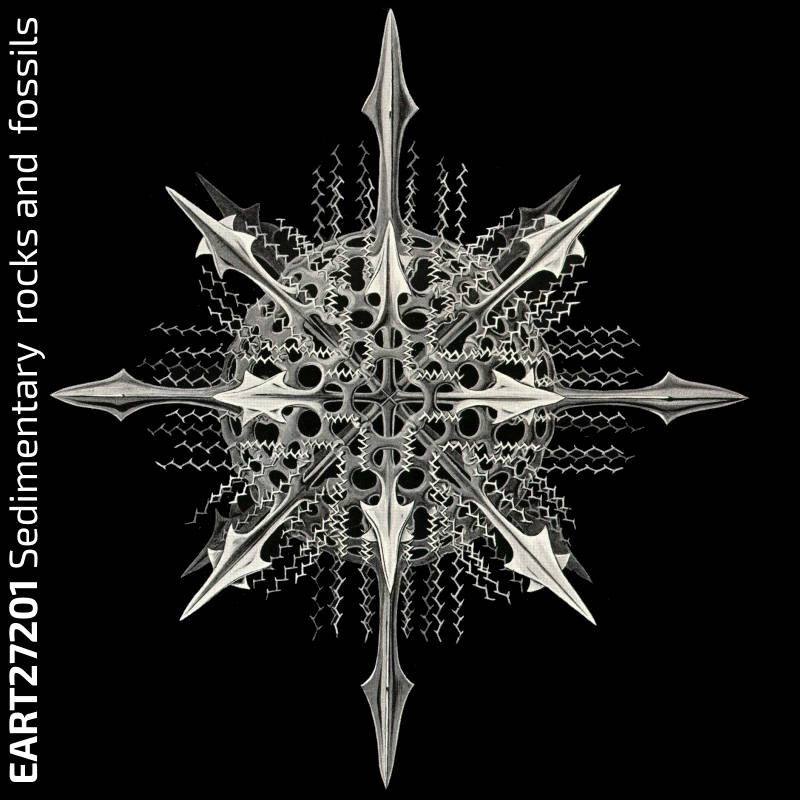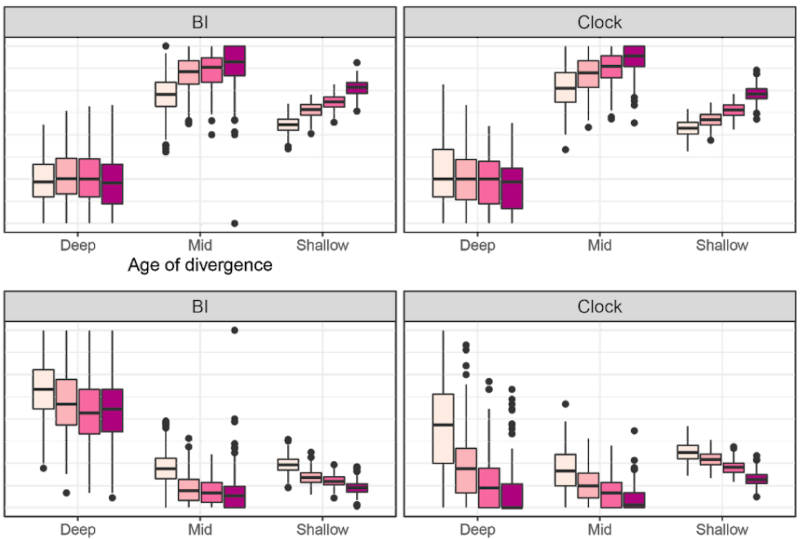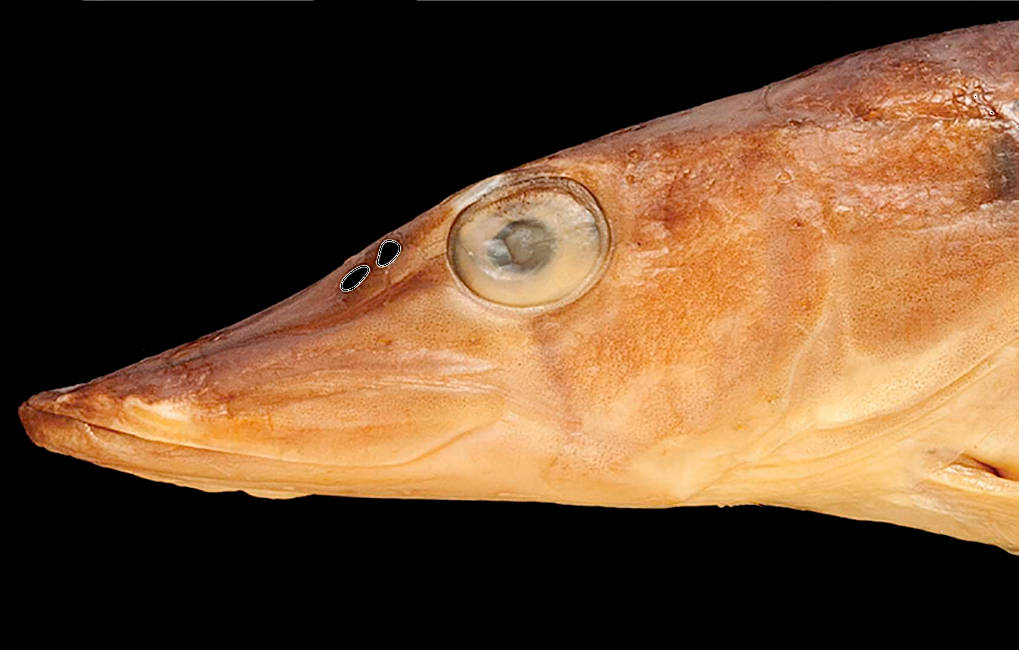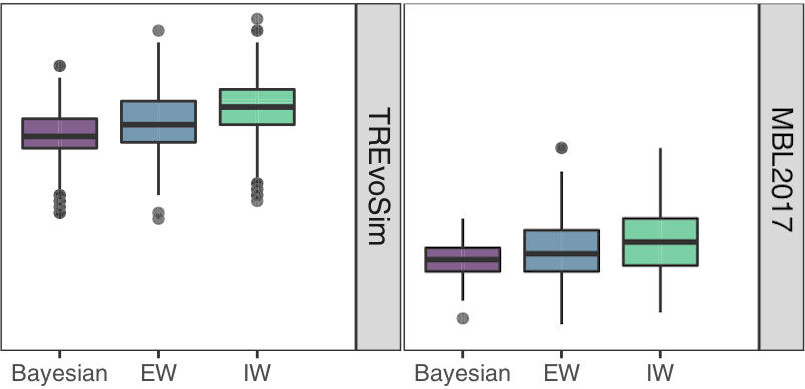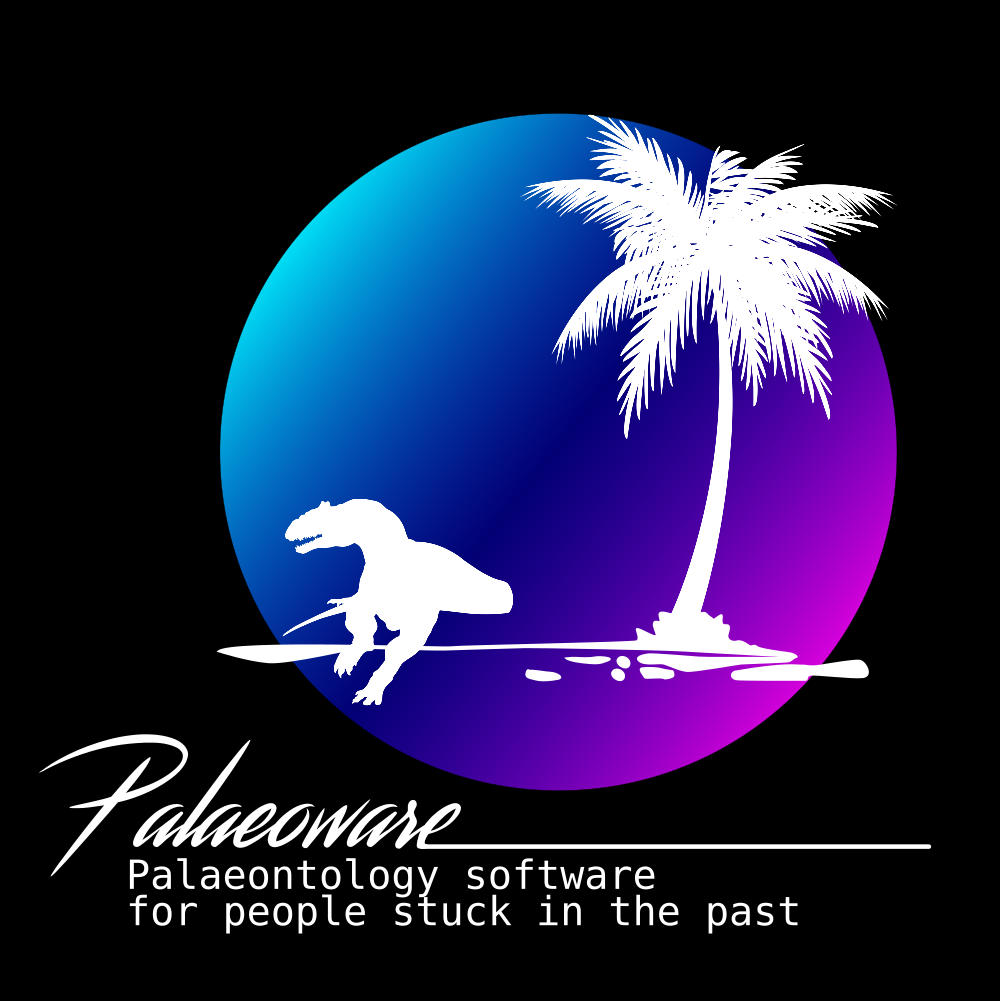Below are some recent updates, then a link to a news archive.
08/01/2024
A new paper appeared at the end of last year, looking at the current status of our understanding of chelicerate phylogeny, and terrestrialisation in the arachnids (the two are linked) in the context of the fossil record. In it, my colleague Jason Dunlop and I, consider:
- The first appearance of major groups in comparison to the arachnid tree of life
- The nature of the early plant fossil record and how arachnids may have moved onto land in early terrestrial ecosystems
- The impact of including horseshoe crabs within the arachnids int his light, and what a horseshoe crab is
We suggest ultimately that recent phylogenetic results are best reconciled with fossils through inferring multiple terrestrialization events, which might have involved quite different approaches to breathing air. Click on the image below – which shows a potential scenario for arachnid terrestrialisation(s) – for a copy of the open access paper.
We suggest ultimately that recent phylogenetic results are best reconciled with fossils through inferring multiple terrestrialization events, which might have involved quite different approaches to breathing air. Click on the image below for a copy of the open access paper.
28/11/2023
Several new papers have been published since my last update – this has been a year of finishing off ongoing projects! I've listed these with a short overview below, in alphabetical order by first author.
In a paper in Arachnology, my colleague Jason Dunlop and I look at the taxonomy of the fossil scorpion genus Palaeophonus:
Dunlop, J.A. & Garwood, R.J. 2023. The status of two fossils assigned to the scorpion genus Palaeophonus and its interpretation as a senior synonym of Allopalaeophonus. Arachnology 19(6):940-943. doi: 10.13156/arac.2023.19.6.940
A paper led by my colleague Arthur Goodwin at the University of Manchester uses X-ray microtomography to try and better understand the origin of a martian regolith meteorite:
Goodwin, A., Tartèse, R, Garwood, R.J. & Almeida, N.V. 2023. A 3D Petrofabric Examination of Martian Breccia NWA 11220 via X-ray Computed Microtomography: Evidence for an Impact Lithology. Journal of Geophysical Research: Planets 128(11): e2023JE007916. doi: 10.1029/2023JE007916
A contribution led by Lorenzo Lustri of the University of Lausanne studies the developmental changes in Xiphosura (horseshoe crabs) throughout their evolutionary history:
Lustri, L., Antcliffe, J.B., Saleh, F., Haug, C., Laibl, L., Garwood, R. J., Haug, J. & Daley, A.C. 2023. New perspectives on the evolutionary history of xiphosuran development through comparison with other fossils euchelicerates. Frontiers in Earth Sciences 11:1270429. doi: 10.3389/fevo.2023.1270429
The preprint introduced below (14/09/2022) has now been accepted and appeared in the journal Palaeontology:
Mongiardino Koch, N., Garwood, R.J. & Parry, L.A. 2023. Inaccurate fossil placement does not compromise tip-dated divergence times. Palaeontology 66 (6): e12680. doi: 10.1111/pala.12680
And in a study led by colleagues from the University of Bristol, we interpret structures from the late Ediacaran Khatyspyt Formation of Arctic Siberia, shown below, to be body fossils (as opposed to traces):
Psarras, C., Donoghue, P.C., Garwood, R.J., Grazhdankin, D.V., Parry, L.A., Rogov, V.I. & Liu, A.G. 2023. Three-dimensional reconstruction, taphonomic and petrological data suggest that the oldest record of bioturbation is a body fossil coquina. Papers in Palaeontology 9(6):e1531. doi: 10.1002/spp2.1531
15/09/2023
A new version of the individual-based eco-evolutionary simulation software that colleagues and I have been developing for the last decade is now available, and has been published in the Journal of Open Source Software:
Furness, E.N., Garwood, R.J. & Sutton, M.D. 2023. REvoSim v3: A fast evolutionary simulation tool with ecological processes. Journal of Open Source Software 8(89): 5284. doi: 10.21105/joss.05284
It has a host of new features, including:
- A new genome architecture allowing user-defined genome lengths
- The concept of systems – processes that can be applied to specified parts of the genome
- Pathogens – a system which allows pathogen or predator/prey dynamics within experiments
- The capability to use images to spatially control simulation variables (linkages)
- Ecological interactions between organisms
- Rewritten logging and species identification code
The JOSS paper describes these additions in full, and they are also explained in the REvoSim documentation. Click on the image below to visit the paper.
27/07/2023
A new paper led by a team at Bristol on fossil sea spiders has just been published:
Sabroux, R., Edgecombe, G.D., Pisani, D. & Garwood, R.J. 2023. New insights into the sea spider fauna (Arthropoda: Pycnogonida) of La Voulte-sur-Rhône, France (Jurassic: Callovian). Papers in Palaeontology 9(4): e1515. doi: 10.1002/spp2.1515
Sea spiders are wonderfully weird aquatic chelicerates (i.e. they are more closely related to horseshoe crabs and arachnids than they are other arthropods). This work is led by Marie Skłodowska-Curie fellow in Bristol, Romain, who is reassessing the group's fossil record. In this paper, we tackle some ~163 million year old fossils from the La Voulte-sur-Rhône Lagerstätte in France. We analyse the fossils using x-ray microtomography and reflectance transformation imaging, making some changes to their taxonomy that have implications on how we use the fossils as calibrations in molecular clock analyses. Click on the picture below, taken from the paper, to read the open access publication:
10/07/2023
Two papers towards which I have contributed have just appeared. One was led by my colleague Joe Keating, now at Bristol:
Keating, J.N., Garwood, R.J. & Sansom, R.S. 2023. Phylogenetic congruence, conflict and consilience between molecular and morphological data. BMC Ecology and Evolution 23(1): 30. doi: 10.1186/s12862-023-02131-z
We use this paper as an opportunity to explore the congruence of molecular and morphological data in combined phylogenetic analyses using a meta-analysis of 32 datasets. We ask questions including whether morphology and molecules should be combined, how these forms of data interact when they are, and whether the results are reliable. The answers to those questions – and more – can be found in the open access paper, linked from the pretty tree-space graphs below:
The other paper, also open access, was led by my colleague Arthur Goodwin at the University of Manchester:
Goodwin, A., Tartèse, R., Garwood, R.J., Jerrett, R. & Joy, K.H. 2023. Provenance of altered carbon phases and impact history of the Stac Fada Member, NW Scotland. Meteoritics and Planetary Science.
This contribution looks at a ~1200 million year old rock deposited by an ancient impact, found today in NW Scotland, in particular the chemistry of Carbon found within the rock. Read on if organic geochemistry, and ancient rocks, are your bag!
25/04/2023
A paper that has been in the works for a rather long time has just been published. In it, my colleague Jason Dunlop and I restudy two Carboniferous whip scorpions using X-ray microtomography, and include these species in an updated arachnid phylogeny. We suggest that this group – an order called the Thelyphonida – exhibit a high degree of stasis, having changed relatively little in the last 315 million years. Click on the image below to check out the paper.
Garwood, R.J. & Dunlop, J.A. 2023. X-ray microtomography of the late Carboniferous whip scorpions (Arachnida, Thelyphonida) Geralinura britannica and Proschizomus petrunkevitchi. Journal of Systematic Palaeontology 21(1): 2180450. doi: 10.1080/14772019.2023.2180450
16/01/2023
A new paper came out over the Christmas break, led by Euan Furness, from Imperial College. This introduces a new biogeographic species-area model that partitions heterogeneity of an environment from its area. More details in the publication, linked below!
Furness, E.N., Saupe, E.E., Garwood, R.J., Mannion, P.D. & Sutton, M.D. 2023. The jigsaw model: A biogeographic model that partitions habitat heterogeneity from area. Frontiers of Biogeography 15.1:e58477. doi: 10.21425/F5FBG58477
14/09/2022
A new study with my colleagues Nicolás Mongiardino Koch and Luke Parry has just been posted as a preprint. In this contribution, we use the simulation package TREvoSim to generate phylogenetic data, and then use this to assess the impact that inaccurate fossil placement has on divergence time estimates in clock analyses. The take home message is that with empirically realistic datasets it appears that fossils are generally reliably placed, and the level of error we see does not strongly impact on accuracy of divergence time estimates (compare the expectation, and the result graphs shown below) – although we do see some interesting systematic biases. Hopefully this will be out as a paper soon.
Mongiardino Koch, N., Garwood, R.J. & Parry, L.A. 2022. Inaccurate fossil placement does not compromise tip-dated divergence times. bioRxiv. doi: 10.1101/2022.08.25.505200
10/03/2022
A new paper has appeared, led by a PhD student Arthur Goodwin. This contribution is a review of the “Black Beauty” Martian regolith breccia, providing an overview of its geology with a focus on what is says about the habitability of Mars. It's available open access:
Goodwin, A., Garwood, R.J. & Tartèse, R. 2022. A Review of the “Black Beauty” Martian Regolith Breccia and Its Martian Habitability Record. Astrobiology. doi:10. 1089/ast.2021.0069
22/12/2021
Over the summer, I was lucky enough to work with a team led by Neil Davies, from the University of Cambridge, on describing the largest known arthropod fossil to date – a Carboniferous millipede. The paper has just been published:
Davies, N.S., Garwood, R.J., McMahon, W.J., Schneider, J.W. & Shillito, A.P. 2021. The largest arthropod in Earth history: insights from newly discovered Arthropleura remains (Serpukhovian Stainmore Formation, Northumberland, England). Journal of the Geological Society. doi: 10.1144/jgs2021-115 (More information: 1, 2, 3, 4)
We estimate that this creature was about 2.6 metres in length when alive, and weighed in the region of 50 kilos. The fossil suggests gigantism in this group began before high oxygen concentrations built up in the Late Carboniferous, and we also took the opportunity to chart the changes in palaeogeography of the iconic trace fossils associated with these animals. The Natural History Museum have posted an excellent overview of the findings, and you can find further press coverage by following the links at the end of the citation above.
Below you can see an image of the fossil itself, then a reconstruction of the animal in life. Clicking on either will take you to a copy of the paper.
08/12/2021
I'm very pleased to report on a new paper, led by a colleague at the University of Cardiff, Dr Lesley Cherns, that has been in the works for several years. A team of use from across the UK used a combination of X-ray and neutron tomography to scan a fossil ammonite with soft tissues preserved. This is amongst the first fossils to show the preservation of soft parts in an ammonite, and the configuration of the muscles we found in our scan tells us something about the evolution of this iconic group. For example, we suggest that the animals had a mobile, retractable body, and swam using jet propulsion: sa mechanism that must have evolved relatively early in the evolution of ammonoids and their closest relatives – the octopodes, squid and cuttlefish. The paper details are as follows:
Cherns, L., Spencer, A.R., Rahman, I., Garwood, R.J., Reedman, C., Burca, G., Turner, M., Hollingworth, N.T. & Hilton, J.M. 2021. Correlative tomography of exceptionally preserved Jurassic ammonite implies hyponome-propelled swimming. Geology. doi: 10.1130/G49551.1 (More information: 1, 2, 3)
You can learn more about the fossil by following the links at the end of the above citation, which will take you to press coverage of the discovery.
06/11/2021
A funded PhD opportunity is available for a project supervised by myself and my colleague Rob Sansom, titled The timing and modes of macroevolutionary change: molecules, morphology, and simulations. If you're interested in real-world data, simulations and evolution, please don't hesitate to get in touch if you have any questions! Deadline for applications is the 21st of January. here for more details of this PhD opportunity.
17/07/2021
A new paper, led by my colleague Callum McLean at Manchester Metropolitan University, has recently been published. The study investigates shape complexity in the pedipalps (mouthparts) of whip spiders within and across species using elliptical Fourier analysis. Pedipalps are used for hunting, but also used in contest for mates. The paper has several implications, but a key finding is that there may be a trade-off between investment in pedipalp length (for use in selection/contest) v.s. spine length (for use in prey capture). You can read more about it in the (open access) paper, which is linked below:
McLean, C., Garwood, R.J. and Brassey, C. 2021. Assessing the patterns and drivers of shape complexity in the amblypygid pedipalp using elliptical Fourier analysis. Ecology and Evolution. doi: 10.1002/ece3.7882
17/06/2021
A new paper, led by Euan Furness, from Imperial, has just been published:
Furness, E.N., Garwood, R.J., Mannion, P. D. & Sutton, M.D. 2021. Productivity, niche availability, species richness and extinction risk: Untangling relationships using individual-based simulations. Ecology and Evolution doi: 10.1002/ece3.7730
This contribution uses the Palaeoware package REvoSim to investigate the impact of productivity on species richness. It shows that species richness scales with productivity – matching some of the predictions of an explanation for this pattern called the more individuals hypothesis. For example, rare species are more extinction prone, as MIH predicts. But, we show that species richness only scales with productivity when species can partition niche space – the relationship doesn't hold when niche partitioning is prevented through saturation. Thus even when neutral explanations do help us understand patterns, we suggest niche theory is also important to consider.
04/05/2021
One of the preprints mentioned below has just been published in Proceedings B. Whilst fossils are key to understanding past life, their impact on phylogenetic reconstruction is hard to assess: in real organisms we lack a true evolutionary tree. In this study, led by my colleague Nicolás Mongiardino Koch, we use the Palaeoware package TREvoSim to generate trees and associated character data, benchmark these against empirical datasets, and then evaluate the impact of including fossils in phylogenies. We do so using an analytical pipeline summarised in the graphic below:
The outcome? We show that fossils – irrespective of the levels of missing data or inference method – improve the accuracy of phylogenetic inference, and induce the collapse of highly uncertain relationships that tend to be incorrectly resolved. In our study, tip-dated analyses outperform undated inference methods: we suggest that the age of fossils contains important information that aids phylogenetic analyses. You can learn more in the open access paper linked below:
Mongiardino Koch, N., Garwood, R.J. & Parry, L.A. 2021. Fossils improve phylogenetic analyses of morphological characters. Proceedings of the Royal Society B: 288(1950):20210044. doi: 10.1098/rspb.2021.0044
23/04/2021
A few new pieces of work that I've been lucky enough to contribute to have appeared since I last updated this website. The paper linked below, led by Imperial PhD student Euan Furness, uses the Palaeoware package REvoSim to investigate the impact of environmental disturbance on species richness. It shows that a key consideration is the scale of a disturbance, and the spatial heterogeneity of the environment. In a heterogeneous environment, small scale disturbance leads to a decrease in species richness, but in a homogeneous one, it increases species richness. In contrast, large scale disturbances always reduce the number of species. You can read more in the open access paper below:
Furness E.N., Garwood R.J., Mannion P.D. & Sutton M.D. 2021. Evolutionary simulations clarify and reconcile biodiversity-disturbance models. Proceedings of the Royal Society B: 288(1949):20210240. doi: 10.1098/rspb.2021.0240
A paper on smell in the sea catfish – for which I assisted with data collection – has also been published in recent weeks:
Cox, M.A., Garwood, R.J., Behnsen, J., Hunt, J.N., Dalby, L.J., Martin, G.S., Maclaine, J.S., Wang, Z. & Cox, J.P. 2021. Olfactory flow in the sea catfish, Ariopsis felis (L.): Origin, regulation, and resampling. Comparative Biochemistry and Physiology Part A: Molecular & Integrative Physiology p.110933. doi: 10.1016/j.cbpa.2021.110933
17/12/2020
It's been a long since the last update of this site, in large part because of the COVID19 pandemic. This coincided with a relaunch of the degrees in the Department of Earth and Environmental Sciences. As a result I spent my time since June writing 1.5 course units for the first time, and then delivering them remotely. You can find the results at the two websites linked below:
The first of these sites (EART22101) has seven websites combining videos, quizzes, and other learning materials on topics surrounding evolution, and ancient life. The second (EART27201) has eight sites that focus on invertebrate macrofossils, and include 3D fossil models and the occasional virtual microscope. Materials are generally CC-BY and sources are always provided: they are available here in the hope that they are useful! There are other elements of course delivery provided through Blackboard (more quizzes, achievements to unlock) and via Zoom, which aren't included. Nevertheless, I hope they may be useful!
Early in lockdown, though, there was time for some science – and one of the results is a preprint which has just appeared on bioRxiv. You can find it by clicking on the link below:
In this paper, led by my colleague Nicolás Mongiardino Koch, we assess the impact of adding fossils to phylogenies using a simulation based approach, based on the Palaeoware package TREvoSim. We demonstrate that adding extinct species always improves the accuracy of a phylogenetic analysis, even in the presence of missing data. We also show that tip-dated phylogenies – i.e. those which simultaneously infer tree topology and divergence times – outperform all other methods of inference. You can find out more by reading the freely available preprint!
25/03/2020
A new paper, led by my colleague Jonathan Cox at the University of Bath, and a follow up to a paper released last year, has just appeared. This one uses CT scanning and CFD to study smell in the pike Esox lucius. As with the last such paper, although I am first author, this reflects authorship conventions in the field. I didn't lead the work, but did have the pleasure of conducting CT data collection. Details of this publication are as follows:
Garwood, R.J., Behnsen, J., Ramsey, A.T., Haysom, H.K., Dalby, L.J., Quilter, S.K., Maclaine, J.S., Wang, Z. & Cox, J.P.* 2020. The functional nasal anatomy of the pike, Esox lucius L. Comparative Biochemistry and Physiology Part A: Molecular & Integrative Physiology 244: 110688. doi:10.1016/j.cbpa.2020.110688 (* = corresponding author)
06/03/2020
I am pleased to report that a new paper has just appeared, accompanied by two new Palaeoware evolutionary simulation software packages. The paper is:
Keating, J.N., Sansom, R.S.*, Sutton, M.D., Knight, C.G. & Garwood, R.J.* In press. Morphological phylogenetics evaluated using novel evolutionary simulations. Systematic Biology doi:10.1093/sysbio/syaa012 (* = corresponding author)
In it, my colleagues and I use two new evolutionary models to test methods of inferring evolutionary trees. We use the models to simultaneously generate trees and discrete character data, one in a stochastic manner, and one using an individual-based approach which includes selection. We use different approaches to infer trees from the character data, and then comparing how the approaches perform by measuring the distance between the true and inferred trees. There have been a number of recent works that have taken a simulation approach, generating stochastic data onto a set tree topology, which have generally suggested that Bayesian inference outperforms parsimony. Our study supports this idea, but also suggests this is because of the differences in search strategy and consensus methods used by each, rather than resulting from the optimality criterion they use. Our approach also allows us to demonstrate that stochastic- and selection-generated data behave differently, and that the amount of homoplasy in our datasets are not a good indicator of how methods of inference will perform. Rather morphological coherence (how strongly linked characters differences are to the evolutionary, or branch length distances between taxon paris) is a key consideration, and this is a bigger problem for selection-generated data. Morphology is thought to evolve through selection, and so we suggest that asking whether parsimony or Bayesian is better may not be the best approach for the field in future: both methods struggle with selection data. Rather if we can future research on modes of morphological evolution, and then use those to build models for probabilistic inference, we will do a better job of reconstructing trees in the future.
You can find releases of the two software packages/models we created for this paper by clicking the banner below. TREvoSim is our selection-based model. It uses a similar fitness-algorithm to REvoSim, but employs a different species concept, does not include sexual reproduction, eschews space, and has variable genome sizes. MBL2017 is a birth-death model, which simulates lineage splitting and extinction, as well as character evolution, in a stochastic manner. Both packages are available as binaries for Windows and Mac OS, and can be built on Linux systems using four lines of bash. We are releasing the two in the hope that they are versatile and useful tools for the community, and would very much welcome feedback, bug reports, and feature requests: these are best achieved using the issues system in GitHub, or by emailing us at palaeoware@gmail.com.
